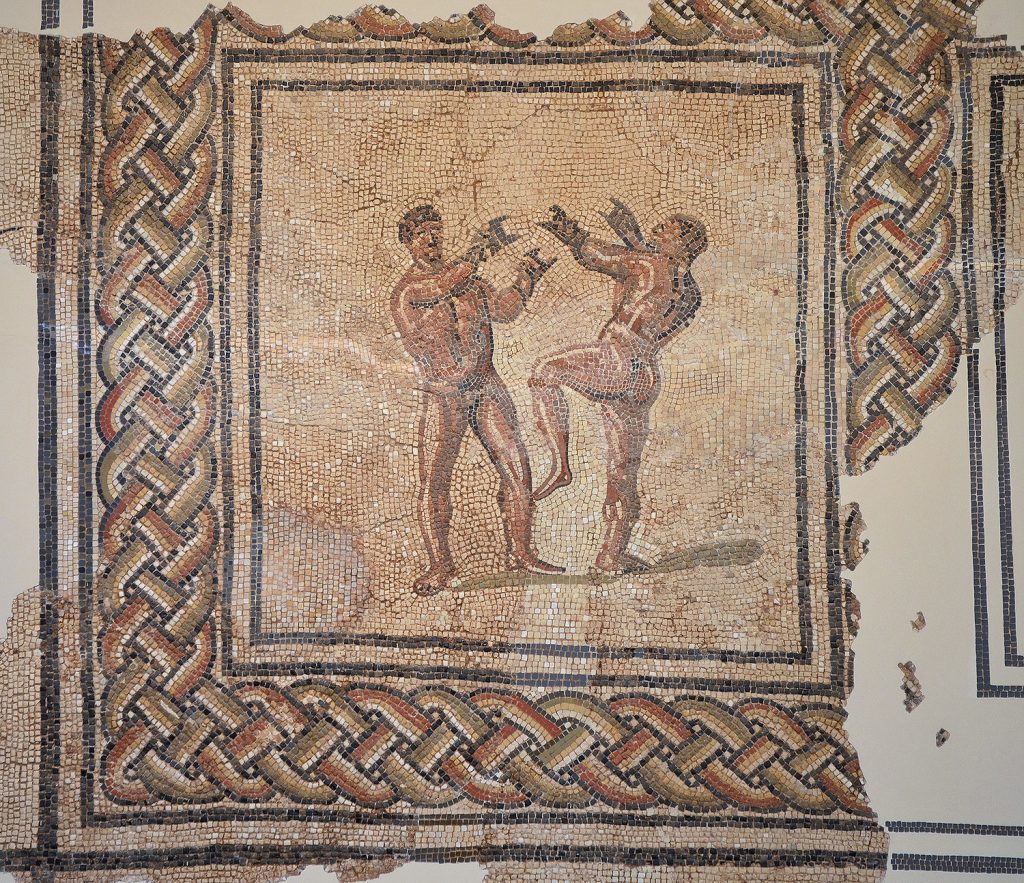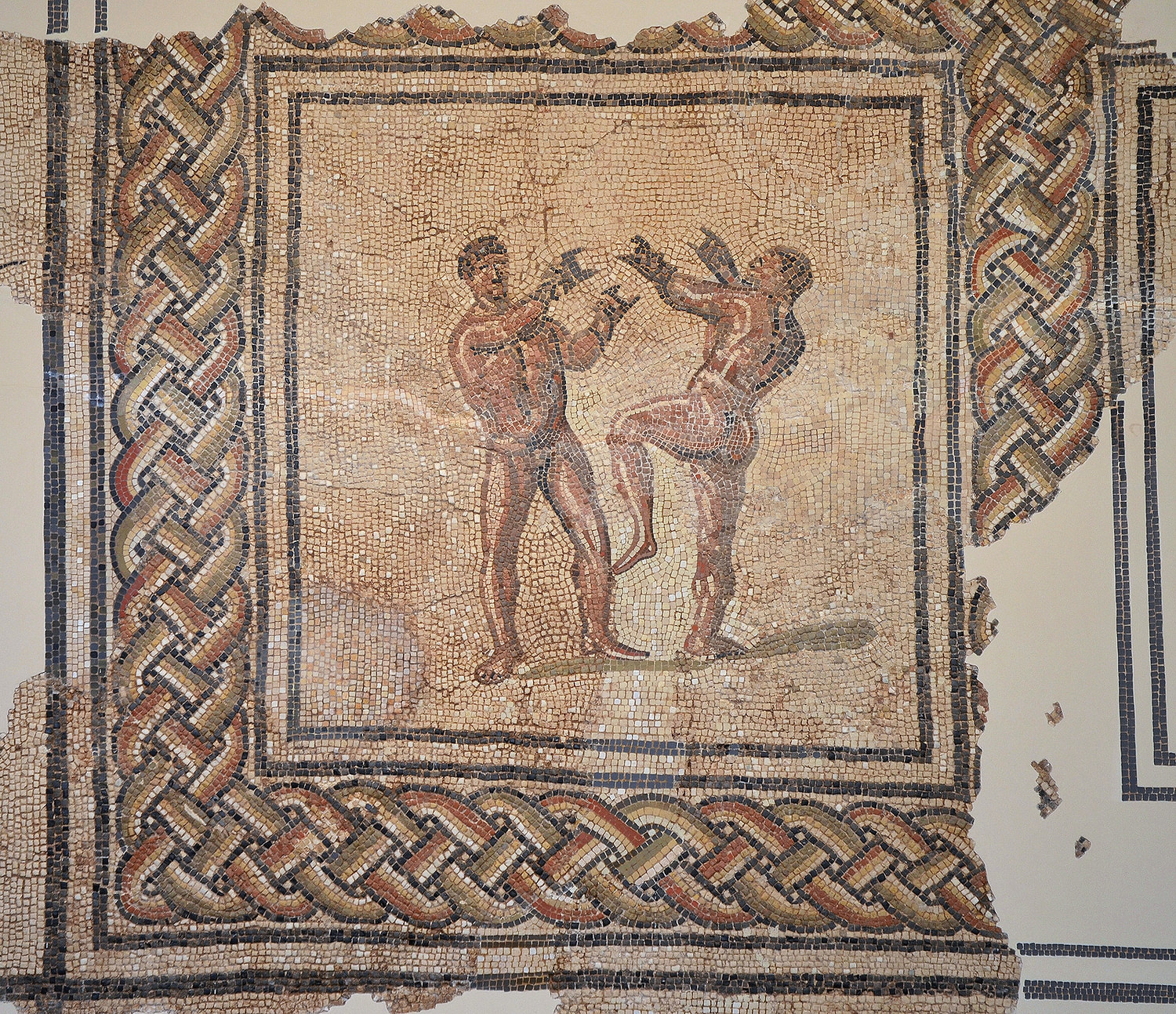
“Historic Library Displays Mixed-Media Art Influenced by 19th-Century Rome”

**Alice Pasquini’s *Vestige*: An Enchanting Voyage Through Time and Creativity**
Renowned Italian artist Alice Pasquini, famous for her striking street art and mixed-media works, has once again mesmerized the art community with her new exhibition, *Vestige*. Situated at the Fondazione Primoli in Rome, this exhibition not only highlights Pasquini’s artistic prowess but also serves as a tribute to history and remembrance. Inspired by the extensive photographic collection of Count Giuseppe Primoli, *Vestige* revitalizes late 19th- and 20th-century visuals, effortlessly blending them with modern artistic expressions. The outcome is a touching conversation between bygone eras and the present, encapsulating the spirit of human connection, heritage, and evolution.
### **A Reimagined Historical Repository**
At the centerpiece of *Vestige* is Count Giuseppe Primoli’s esteemed photographic collection—a rich source of visual storytelling accumulated over many years. Primoli, an aristocrat, photographer, and historian, was a notable documentarian of his era. His photographs, featuring numerous moving portraits of women, reflect the society, architecture, and daily life of a long-past age. As Pasquini explored this archive, her aim was not merely to duplicate these images but to provide a fresh interpretation for modern viewers, crafting pieces that resonate both personally and universally.
### **Evolving Photographs Into Modern Masterworks**
In *Vestige*, Pasquini’s approach includes layering historical photographic elements alongside her own artistic flair. Many pieces center on portraits of women—figures drawn straight from Primoli’s captures—infused with a timeless essence and resilience. These portraits, depicted on fabric, are coupled with architectural themes and abstract motifs inspired by other archive images. Through this layering process, Pasquini establishes intricate, multidimensional compositions that celebrate not only the individuals represented but also the cultural contexts enveloping them.
A prominent aspect of these large paintings is their medium: fabric, a material rich with its own narrative and texture. By opting for fabric as her canvas, Pasquini elevates the tangible quality of her works, further bridging the gap between past and present, delicate and robust, fleeting and everlasting. These pieces, reminiscent of banners, gracefully adorn the Fondazione Primoli’s historic library—a venue that enhances their allure and importance.
### **An Exchange With Rome’s Legacy**
The exhibition’s setting within Fondazione Primoli brings an almost enchanting quality to Pasquini’s creations. Nestled within a 17th-century palazzo acquired by Count Primoli in 1901, the foundation is rich in history. The library—a space adorned with aged wood, intricate furnishings, and classical charm—creates the perfect backdrop, enriching the essence of *Vestige*. The interaction between Pasquini’s modern interpretations and the historical setting envelops viewers in an experience that feels like a journey through two distinct epochs.
### **Antique Books: A Platform for Creative Exploration**
Alongside her large fabric pieces, Pasquini delves into another facet of her artistic exploration by painting directly onto antique book covers. Utilizing her distinct stencil technique, which she shares in her well-received online stencil art course, Pasquini revitalizes these historical artifacts into vibrant expressions of contemporary life. The painted books symbolize a fusion of visual and literary arts, granting viewers an opportunity to engage with her work both tactilely and intellectually.
Employing antique books as her medium emphasizes Pasquini’s dedication to honoring history while reinterpreting it. Each book bears its own tale and texture, and Pasquini introduces a new chapter to their histories through her creative designs.
### **Exploring Themes of Memory and Preservation**
Recurring motifs of memory, preservation, and transformation resonate throughout *Vestige*. Pasquini probes the significance of inheriting a visual legacy and the ways in which the past can be reshaped to resonate with today’s audiences. Her work pays a lovely tribute to Count Primoli’s photographic collection while also prompting contemplation on broader issues of time, identity, and cultural continuity.
By re-envisioning historic photographs and placing them within a contemporary artistic context, *Vestige* invites us to reflect on our engagement with the memories of others. How do we keep the past alive while endowing it with renewed significance? How do our own narratives intertwine with those of those who came before?
### **The Importance of *Vestige* in Modern Art**
Pasquini’s exhibition presents a novel outlook on how historical materials can be creatively transformed to inspire new artworks. Her skill in taking archival resources and morphing them into art that simultaneously feels both ageless and modern showcases her prowess in narrative craft and technique. *Vestige* solidly positions Pasquini among artists who seamlessly connect history and contemporaneity.